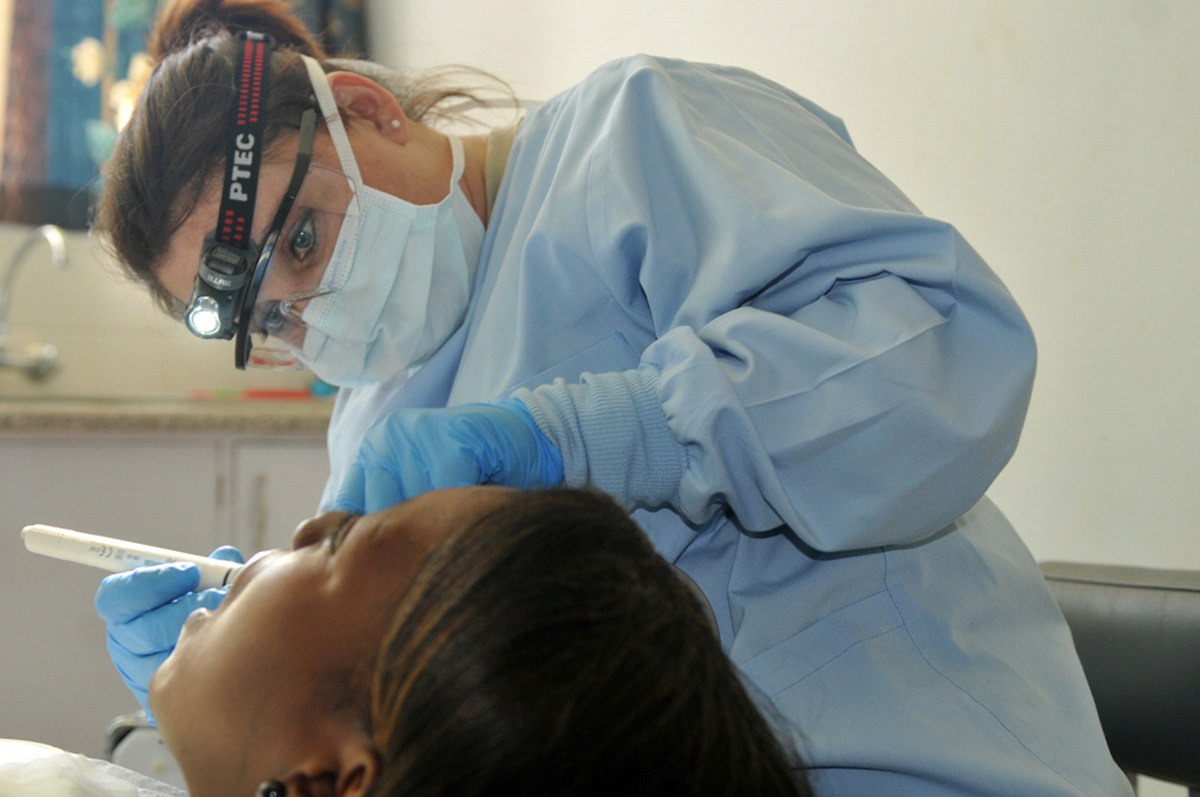Table of Contents
Uncontrolled Bleeding
Technically this can occur through injury to one of the major blood vessels due to poor planning or poor surgical technique, however, that is extremely rare.Most often, the patient would not have disclosed a history of antiplatelet drugs or blood thinners as they are commonly called leading to increased blood flow.
Bleeding disorders in which the blood takes an inordinately long time to clot or does not clot at all can also be undiagnosed in patients prior to surgery.

These complications can be quite serious and in the worst case scenario, maybe even life threatening. In most situations, though, an increased amount of bleeding can be managed through local measures taken during the surgery itself.
Most surgeons will have access to collagen sponges or collagen plugs that aid in the formation of a blood clot and stop bleeding. Simple things like applying pressure for a prolonged period of time at the site of bleeding is also quite effective.
None of these measures will be sufficient though if a major artery has been injured. These situations require a clear mind and the ability to either suture the artery (an extremely tough proposition at the best of times) or use electrocautery to stop the bleeding.
Clinics which are not well equipped can have a tough time dealing with these situations.
Damage To Neighboring Teeth
The natural teeth need to have a buffer of about 2 millimeters from the implant surface so that the blood supply to their ligaments does not get compromised. This is actually quite a basic rule and one that dentists should be able to adhere to without any trouble with proper planning.
Sometimes though during the surgery, practitioners can quite easily forget the simplest of things and end up causing damage to a perfectly good tooth.Interestingly, the space between two implants is usually recommended as three millimeters to ensure both have enough blood supply for healthy healing.
Implant Failure
Getting implant treatment done can be quite expensive and so the loss of these implants can hurt even more than the loss of the natural teeth! It is important to know however that in a small majority of cases, implants will not integrate with the body as they are supposed to even though there is no apparent reason.
As the numbers suggest, such a situation would happen extremely rarely. Investigators are in fact divided over whether these situations are genuine cases where the implants are rejected by the body or whether there are undetected errors causing the same.
READ Dental Implant Prostheses: What Is The Best Choice?
Conclusion
As you can see, most of the risks associated with implant placement can be minimized if proper precautions are taken. The importance of getting all the laboratory investigations done before a procedure is performed, taking a detailed and exhaustive medical history and planning the implant placement meticulously can never be overstated.
It is possible to turn complex cases simple through proper methods and to make simple cases complex through complacency.
As a patient, it is imperative that you share all relevant medical history with the doctor before any invasive procedure is planned.
- www.mayoclinic.org/tests-procedures/dental-implant-surgery/basics/risks/prc-20009052
- www.webmd.com/oral-health/guide/dental-implants
- Photo courtesy of com_salud: www.flickr.com/photos/com_salud/21155810804/
- Photo courtesy of usarmyafrica: www.flickr.com/photos/usarmyafrica/5725063775/
- Photo courtesy of com_salud: www.flickr.com/photos/com_salud/21155810804/


Your thoughts on this